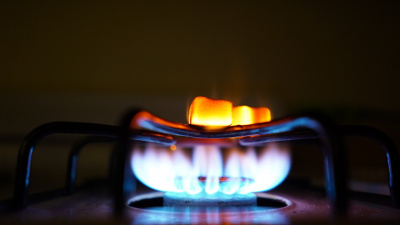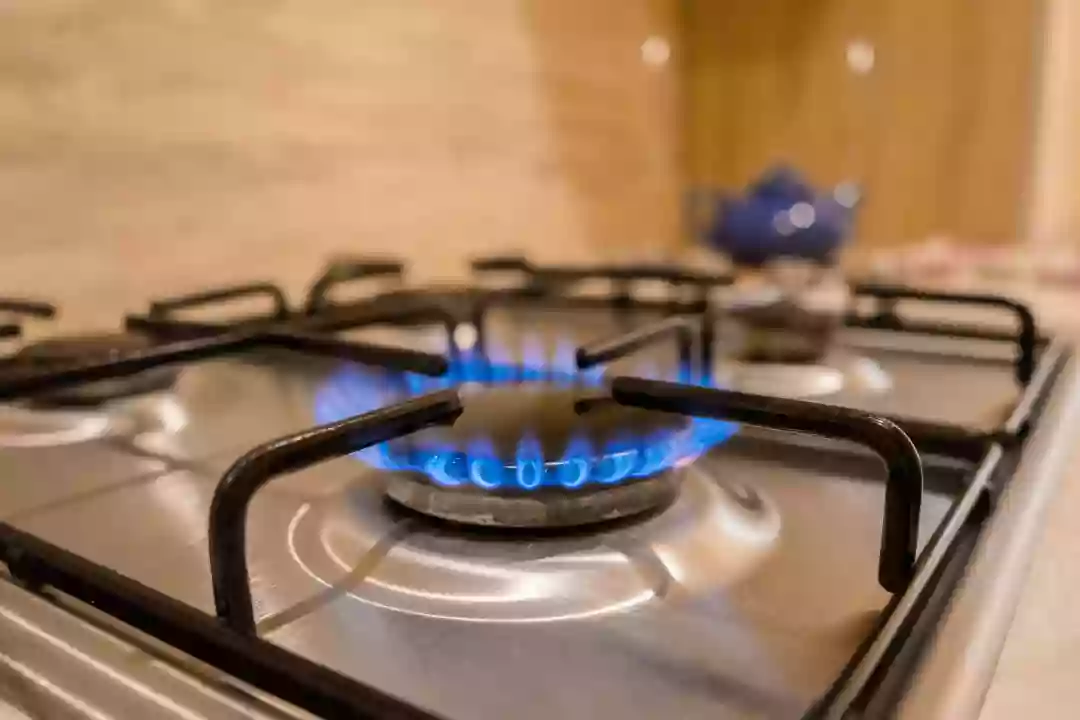What to do if you fail a gas safety inspection?
The safety of the occupants of a building and its inhabitants is paramount when it comes to gas safety. Gas safety checks are mandatory for all existing gas appliances in order to ensure that the environment remains safe from potentially hazardous gas-related accidents. Unfortunately, it can happen that you might fail a gas safety check. If this happens, it is important to understand what must be done next in accordance with the law.
If you fail a gas safety inspection, there are a few steps you must take to rectify the problem. Firstly, find out why you have failed the inspection. Your engineer will usually provide you with a gas safety certificate which will contain codes that indicate the failure points. Reviewing these codes is an important step in understanding why you have failed the inspection and how to rectify the issue. There are three main categories in which an appliance or system may fail: Immediately Dangerous (ID), At Risk (AR) and Not to Current Standards (NCS).
Gas Safety Certificate Codes
The Gas Safe Register has provided a code table on their website to help determine what action needs to be taken based on the failure codes. Each code is in relation to the requirements of the Gas Safety (Installation and Use) Regulations 1998. A ‘C’ code signifies that a section of the regulations has been breached. Any other letter codes represent specific elements of the regulations that have been breached. In either case, it is essential that the breach is rectified before another gas safety inspection is conducted.

Need assistance finding gas safety near you?
Get a QuoteImmediately Dangerous (ID)
An ID code means that the gas safety hazard posed by an appliance or system poses an immediate risk to the health or safety of occupants within the property. It is recommended that the appliance or system is taken out of use until the hazard has been rectified. The engineer should be able to advise you of the cause of the failure and provide instruction on how to rectify the issue. Where the failure is complex or requires specialist knowledge, the engineer should be able to refer you to a qualified professional who can provide assistance.
At Risk (AR)
An AR code signifies that the failure does not pose an immediate threat, however, there is potential for a hazardous situation to develop if the failure is left untreated. To remediate the issue, the engineer should provide advice as to why the failure has occurred and how it can be fixed. This could require the installation of new parts or the repair or replacement of existing components. Regardless, it is essential that the appropriate action is taken in order to rectify the fault and restore the safety of the appliance or system.
Not to Current Standards (NCS)
An NCS code indicates that the appliance or system does not meet the relevant safety standards, however, it is not considered to be dangerous. It is a legal requirement for all gas appliances to be installed and serviced in accordance with the manufacturer’s instructions and relevant regulations. If an appliance or system fails to meet these standards, then it should be repaired or replaced by a qualified professionals as soon as possible. This will help to ensure that the appliance or system is safe to use and in line with current standards.
Failing a gas safety check can be a daunting experience, but it does not have to be. By understanding the codes contained in your gas safety certificate and taking the necessary steps to rectify the problems that have caused the failure, you can ensure that your home remains a safe and comfortable place to live.
In this article:

